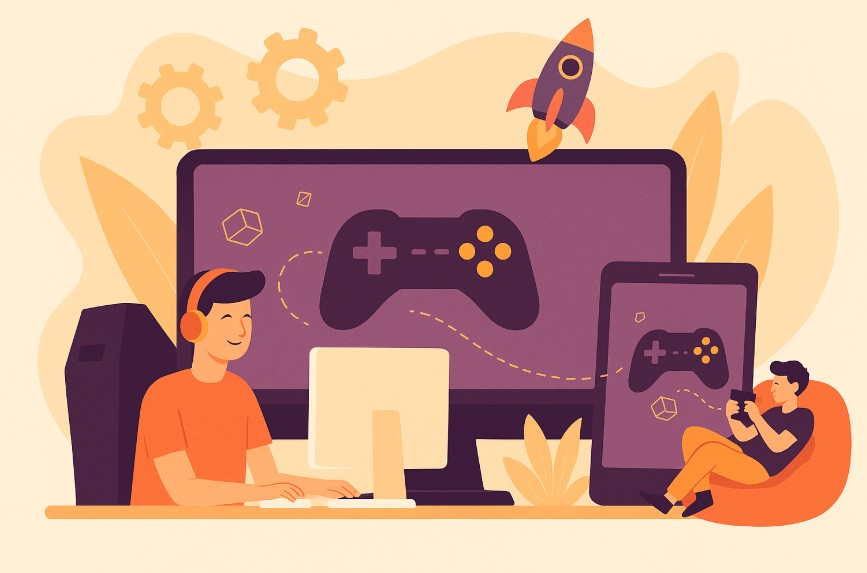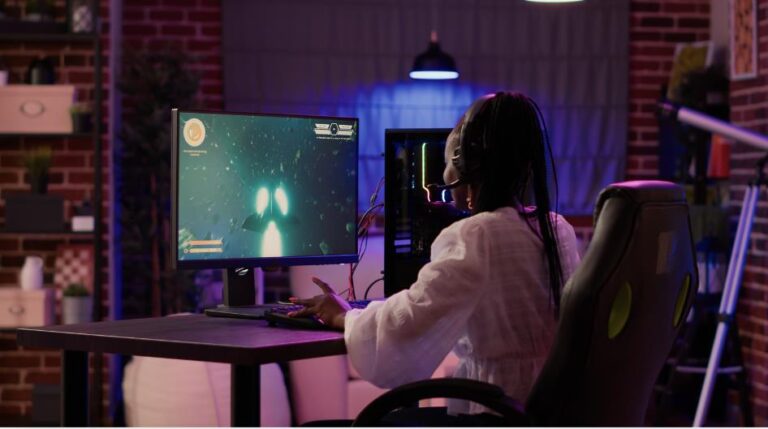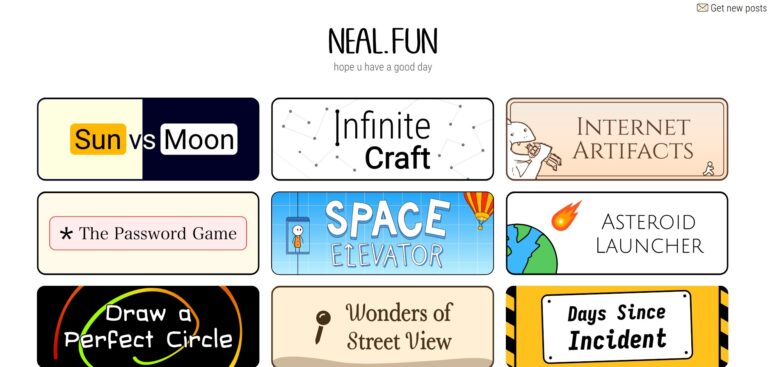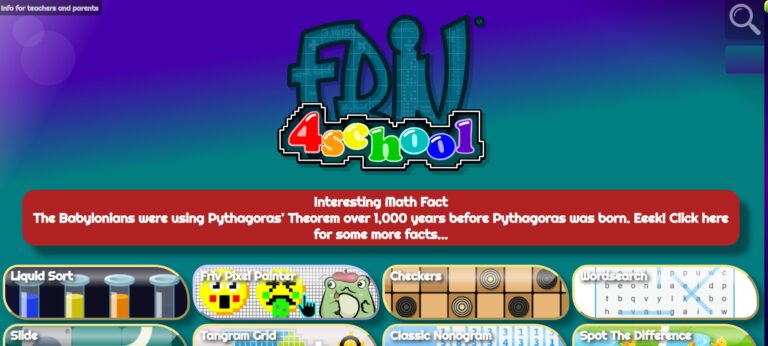User interface (UI) and user experience (UX) are crucial factors that determine whether a game is a hit or a forgotten flop in today’s competitive gaming industry. First impressions created by these design components have the power to either attract players into a game’s world or drive them to seek out other options.
The same rules apply to online casinos. Players have tons of options, so these sites battle each other by focusing on smooth, clean experiences. The best online casinos know that players want secure places to play with real money where everything works without hassle.
They win loyal customers by making everything from signing up to cashing out painless and straightforward. Many gaming sites are finally catching on, building interfaces people actually enjoy using on phones and computers alike.
Why Game Design Makes or Breaks Player Interest?
Creating Welcoming Digital Spaces

A player’s relationship with a game begins on the menu screen because they evaluate the developers’ quality, attention to detail, and regard for their time during these initial moments.
Clear layouts with simple navigation routes immediately build trust, while cluttered interfaces with unclear pathways raise the possibility of more serious issues later in the game.
Research shows that after negative experiences, almost 90% of internet users will never visit a website again. This effect is amplified in gaming because there are so many options available right away.
Players decide whether to stick with a game or delete it based on interface interactions that take place before they encounter the actual content.
Navigation Needs to Feel Natural
The best game interfaces disappear from conscious awareness. Players should be able to navigate menus, change settings, and find what they are looking for without thinking about it. Navigation that is thought-intensive or frustrating breaks immersion and diminishes the whole experience.
Great game interfaces have logically organized menus and consistent control schemes. They also contain visual cues that direct players. Designers refer to these elements as “cognitive ease” – the pleasant sensation of understanding an interface without exertion.
The Small Screen Challenge
Player expectations have changed as a result of mobile gaming. Games nowadays must work flawlessly on a number of devices so touch interfaces present unique challenges compared to keyboards and controllers and require entirely different approaches to button placement, menu design, and information display.
Games developers miss out on huge potential audiences when they disregard mobile considerations.
The most effective mobile interfaces rebuild the experience especially for touchscreens and different device sizes because they understand that simply shrinking desktop designs doesn’t work.
Visual Design That Communicates
Game graphics are more than just aesthetics because effective visual systems direct player attention, communicate information quickly, and set the game’s mood. Color schemes, typography, animations, and layout all work together to create cohesive experiences that enriches the gameplay.
The most effective interfaces strike a balance between aesthetic appeal and clear functionality. Player satisfaction can be harmed by dazzling graphics that obstruct usability, but designs that are too simple may fall flat emotionally. Understanding player psychology as well as real-world interaction patterns is necessary for finding this balance.
Making It Personal
Games that remember user preferences and adjust to different play styles foster deeper emotional bonds. Personalization can range from simple settings retention to sophisticated systems that recommend content based on previous behavior.
This approach is even more effective if it is combined with progress tracking and achievement systems. These characteristics provide recognition and clear goals, which appeal to basic motivations.
When these systems adapt to individual play styles, they become extremely effective at maintaining player engagement over time.
Opening Doors to Everyone
Interface design needs to work for everybody. Smart developers are finally adding options that matter – text you can actually read, colors that work for colorblind gamers, controls you can remap, and screen reader support. It’s not just the right thing to do – it brings in more players and makes more money.
Gaming companies are starting to get it. They’re building games people can actually play regardless of ability. What’s interesting is how features initially made for specific needs end up making games better for everyone. When players can tailor how they interact with a game, everybody wins.
The Technical Side

Good design is only useful if the game works. Players become frustrated quickly when screens take too long to load, animations stutter, or buttons do not respond immediately. You can have the most beautiful menus in the world, but if every button press results in a half-second delay, no one will stick around.
The funny thing about technical performance is that nobody notices when it’s perfect. Players only pay attention when something goes wrong.
That’s why serious game makers obsess over optimization – they know that a smooth-running interface keeps players in the game rather than rage-quitting over technical issues.
The Feedback Loop
Good interfaces provide clear feedback for all player actions. This feedback can be visual (highlighting specific options), auditory (confirmation sounds), or haptic (controller vibrations).
Players feel cut off from the experience and may wonder if their contributions are being acknowledged when feedback is unclear or nonexistent.
Consistent feedback systems increase player confidence and reduce frustration, especially during the learning phase when participants are still figuring out how the game works.
This focus on feedback design has a significant impact on whether new players stay around long enough to become invested.
Conclusion
Designers who create interfaces that welcome rather than confuse players are frequently unsung heroes of gaming.
Players have to make their way through menus and controls that either improve or worsen their experience before they can enjoy smartly constructed plots or creative gameplay concepts.
Careful design is not an option in today’s cutthroat market; it is necessary for survival. Game designers create experiences that allow players to enjoy themselves rather than struggle with confusing interfaces by prioritizing intuitive navigation, performance optimization, visual clarity, personalization, and accessibility.
The quality of interface design continues to be a crucial determinant of which games survive and which disappear as gaming evolves. The lesson is straightforward but profound: in gaming, player interaction is just as important as the game itself.







